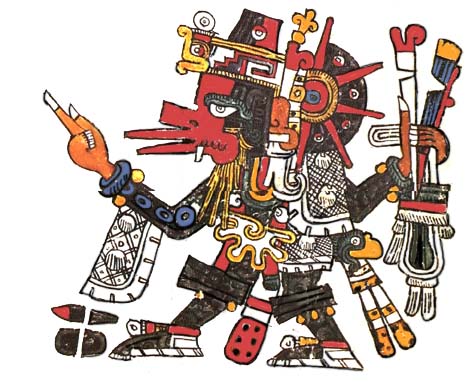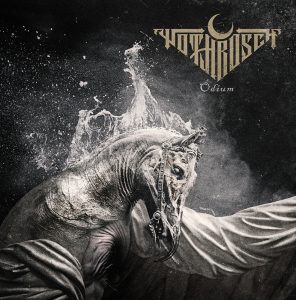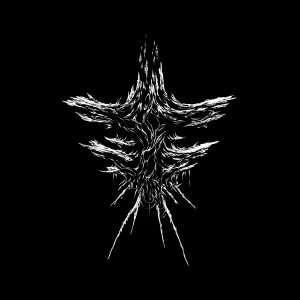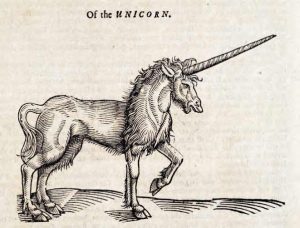Aztec Death Whistle: Mysterious, Creepy and Ancient
The Aztec death whistle is as creepy as it sounds. What is was used for exactly we may never know, but guessing is almost as fun as knowing.
As Archaeology screams into the modern era, it steadily improves the way in which it constructs ancient societies. With computer-powered animations and an ever-growing wealth of knowledge, the way lost civilisations looked can be reconstructed more accurately than ever.
One area of archaeology that is, perhaps, trickier to bring back to life is the soundscape of a long-dead people. Of course, when tools are uncovered and their uses understood, we can recreate the noises they might have made.
Animals and the wind will have made similar sounds to today, of course, but, overall, the sounds of the past are likely to remain a mystery. This fact makes the discovery of Aztec death whistles (and other ancient instruments) all the more spine-tingling. It’s a glimpse and a cocked ear to the past.
Decades ago, while digging at an Aztec temple in Mexico, dozens of small, hand-sized clay skulls were unearthed. They were catalogued and stored, their purpose unclear. It was assumed they were toys or offerings.
Around 20 years ago, another two hollow skull-shaped nicknacks were found at the temple of Ehecatl (a wind god, pictured below in combination with Quetzalcoatl); they had been placed in the hands of a sacrificed male skeleton.
This time, some bright spark decided to blow into one of the holes. The sound produced was that of a spooky horror show scream. Perhaps this their purpose? The Daily Mail refers to the sound as the “scream of a thousand corpses” – slightly over-egging things for a change. But, to be fair, it is a creepy sound.
Below is a video of one of these Aztec death whistles in action, courtesy of Quijas Yxayotl, a musician who plays a range of ancient Aztec wind instruments. As Yxayotl says, some historians reckon that hundreds of these whistles might have been blown when the Aztec warriors were facing up to an invading force. Towards the latter part of this video, there is a reconstruction of what 100 of them might have sounded like.
Here’s another guy having a go with one he made himself:
Whatever Aztec death whistles were used for, they would have creeped you out. They may have been used at sacrifices or during rituals to aid the spirit’s transition to the next world.
Although it will be difficult to know how these whistles were used exactly, it is still fascinating to think that, for whatever reason, these sounds were heard by people who lived perhaps more than 1,000 years ago.
A paper, published in the Journal of the Acoustical Society of America, said of the potential meaning of the skull whistle:
“Its archaeological context and iconography are associated with two divine concepts of the ancient Mexican mythology: Ehecatl (wind) and Mictlantecutli (death).”
The so-called death whistle is not the only ancient musical instrument to have been found in Mexico. Other similarly built items are thought to have been designed to imitate the wind or certain animals; others still were designed to lay down a banging tune.
All of these ancient flutes and horns give a wonderful insight into one of the most fascinating cultures to have graced the surface of planet earth.
Aztec Music
Music in all of its forms seems to have been important in Aztec cultures. The Spanish friar, Gerónimo de Mendieta, traveled to New Spain in 1554 to live in Tochimilco, southeast Mexico, where he was taught the local Nahuatl language. He spent many years in South and Central America before returning home to write Historia eclesiástica indiana, a chronicle of the early evangelization of the New World.
On music, he wrote:
“Each lord had in his house a chapel with composer-singers of dances and songs, and these were thought to be ingenious in knowing how to compose the songs in their manner of meter and the couplets that they had. Ordinarily they sang and danced in the principal festivities that were every twenty days, and also on other less principal occasions…”
MORE ANCIENT HISTORY:
THE OLDEST WOODEN STATUE ON EARTH





















